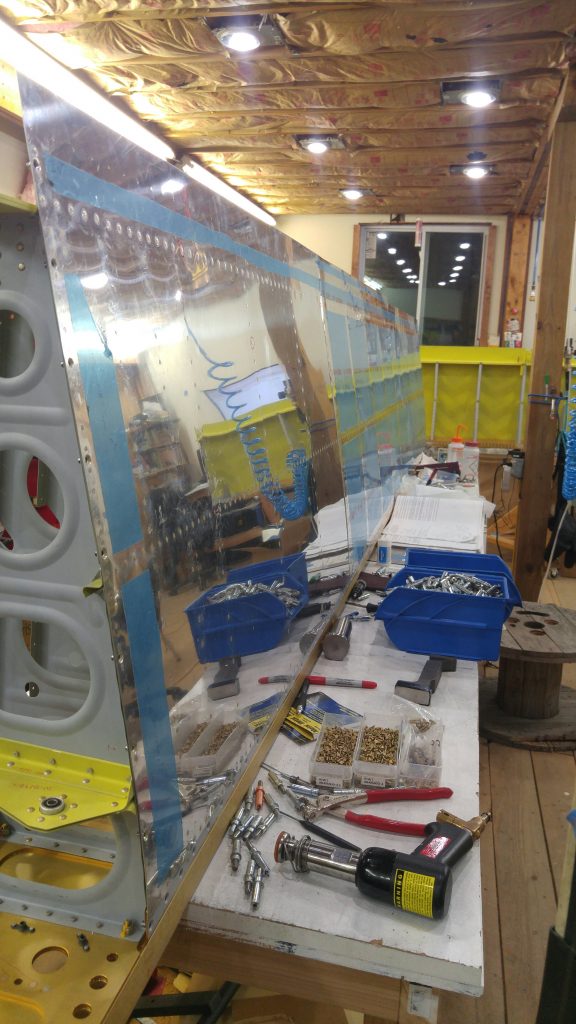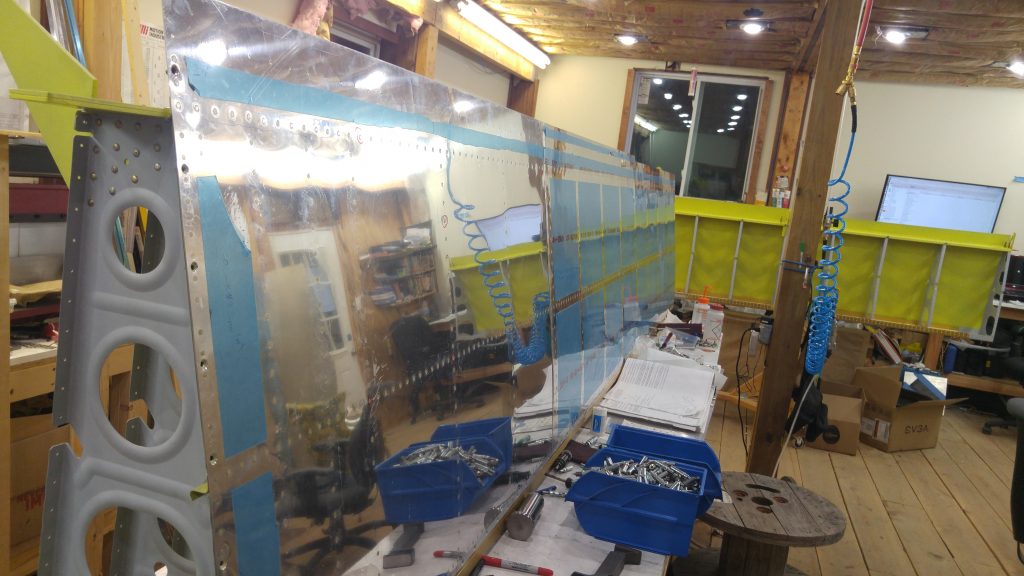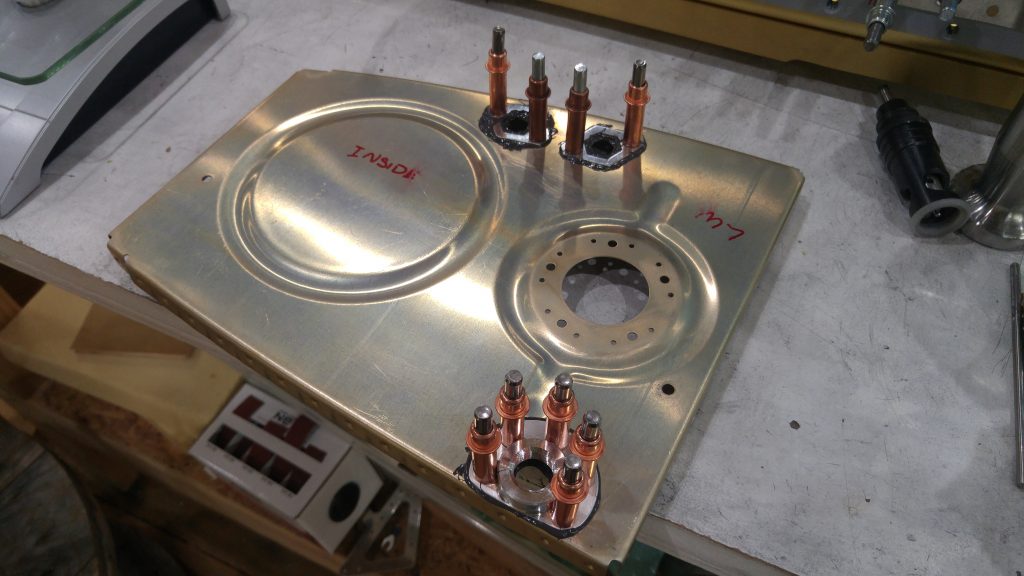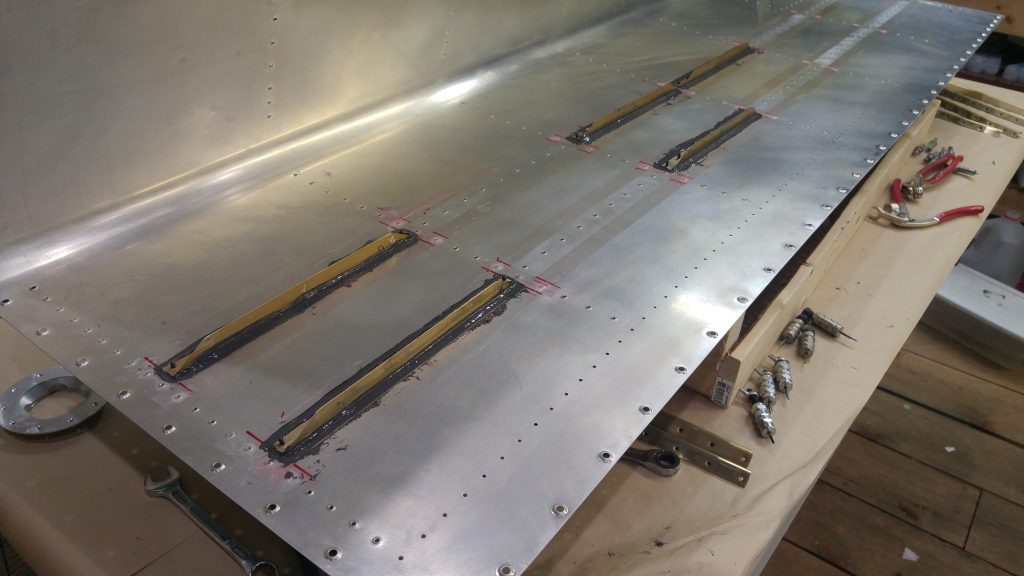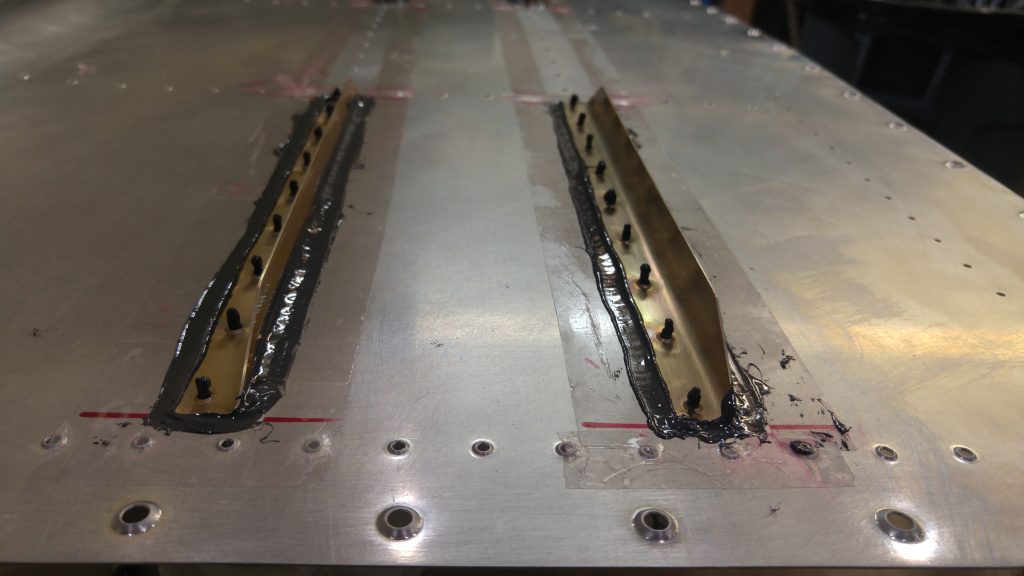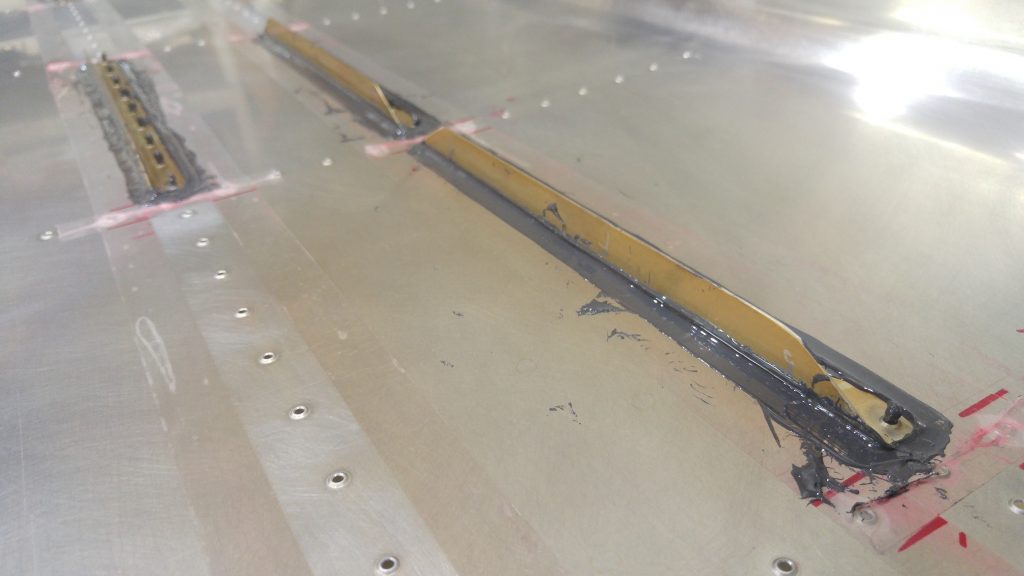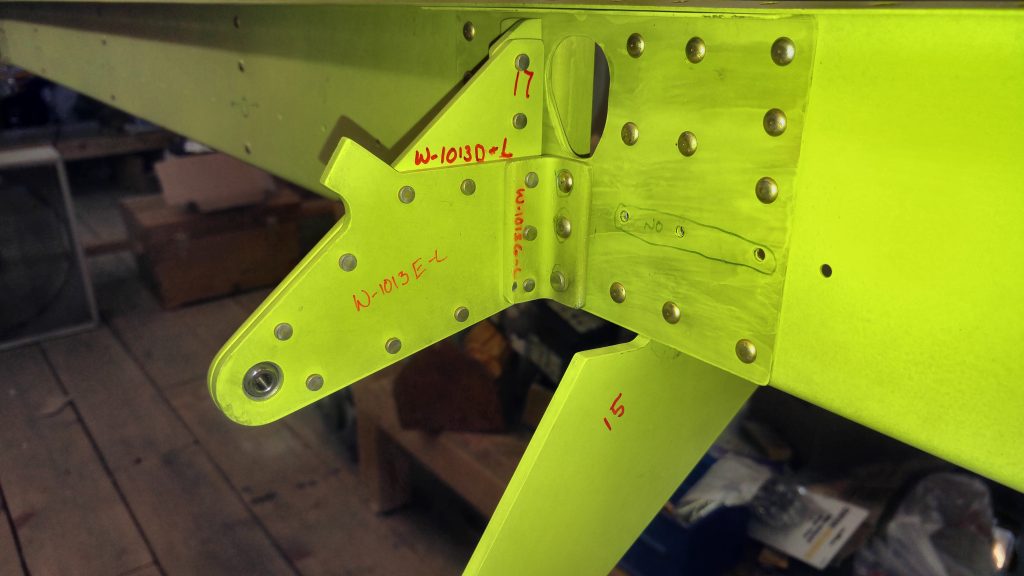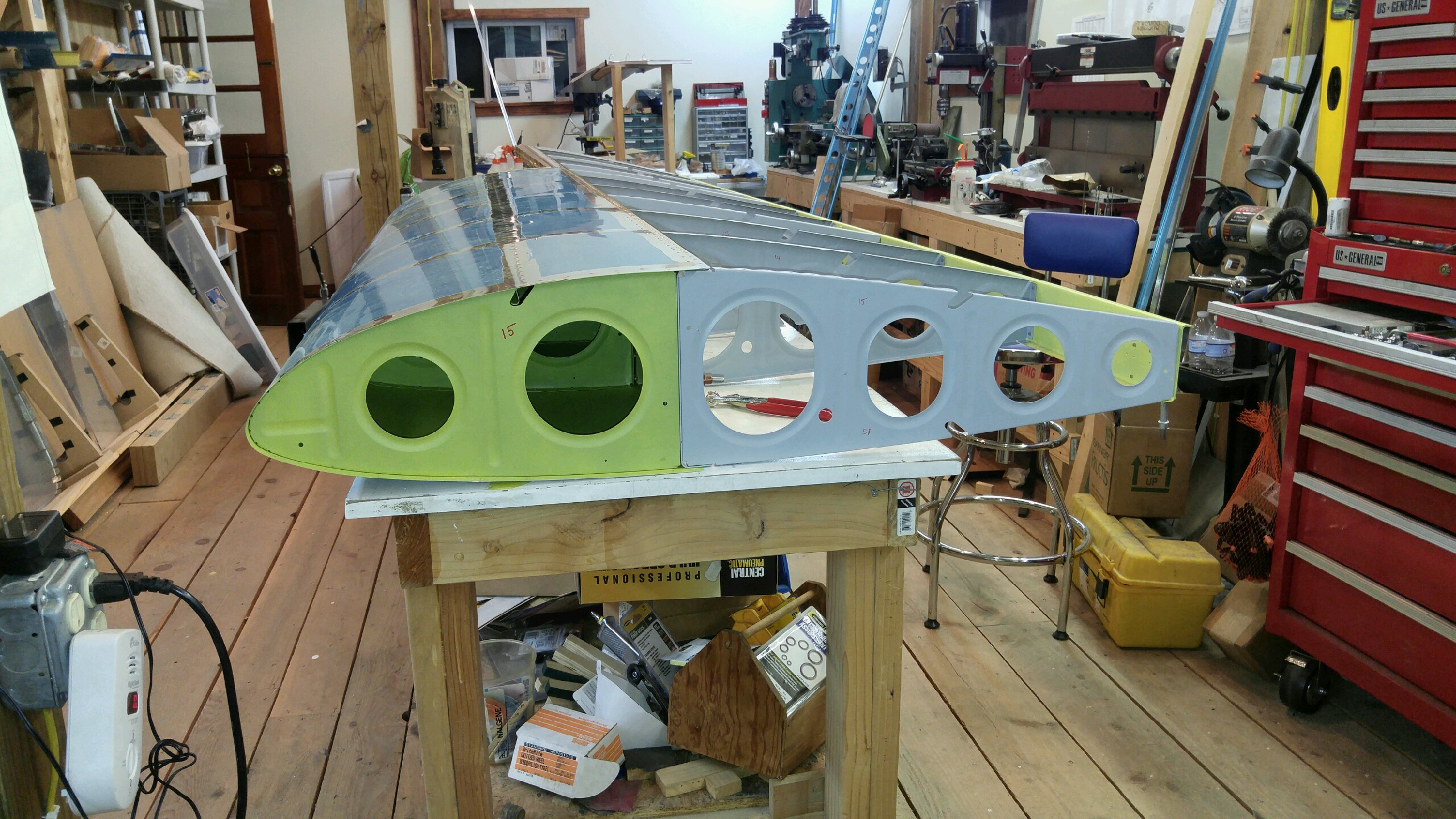Reading yesterday about Pennsylvania Governor Tom Wolf’s order issued Wednesday allowing for the confiscation and redistribution of medical supplies, and stewing over it for some time has me convinced that it is tremendously bad policy, counter to all concepts of property rights, and likely to be counterproductive.
In thinking about this problem, I have identified some main points I would wish to address about this order:
The principle: It is a violation of private property rights, the cornerstone of our free economy. Further erosion of this essential principle would cause irreparable harm to our economy and way of life.
The knowledge problem: The state government is nowhere near knowledgeable enough to be able to quickly and efficiently identify where medical supplies are needed most. This is a problem properly in the scope of markets, not central planners.
The potential for abuse and unintended consequences: While the Governor and his advocates insist that this policy is not intended to strip rural areas of lifesaving supplies in an attempt to save more lives in areas hit harder by the disease, there is tremendous potential for abuse.
The seen and the unseen: While we may see what look like improvements in the abilities of areas with higher population densities to treat cases, we will not see (at least at first), the extent to which this may cripple the rural response ability. This order may have the effect of essentially making it impossible for rural or remote hospitals to procure any new supplies at all in the near term. They will need to wait needlessly for government bureaucrats’ approval of their needs before procuring needed supplies. We will not see (at first) the effects of this order on the treatment of other conditions, which may be precluded by the unavailability of medical consumables and devices that are needed to treat patients with chronic diseases such as cancer, and heart/lung conditions.
The slippery slope: Orders like this smack of old Soviet-style allocation and rationing, which would be disastrous policies to adopt. In the event that such a policy were even moderately successful, or at least not a complete failure, in this pandemic situation, it could lead to very dangerous precedent being set in our modern economy.
Of course these are not the only points that could be raised, such as the arbitrary indexing of any compensation to material prices dated March 6, but they are the main ones that come to me.
